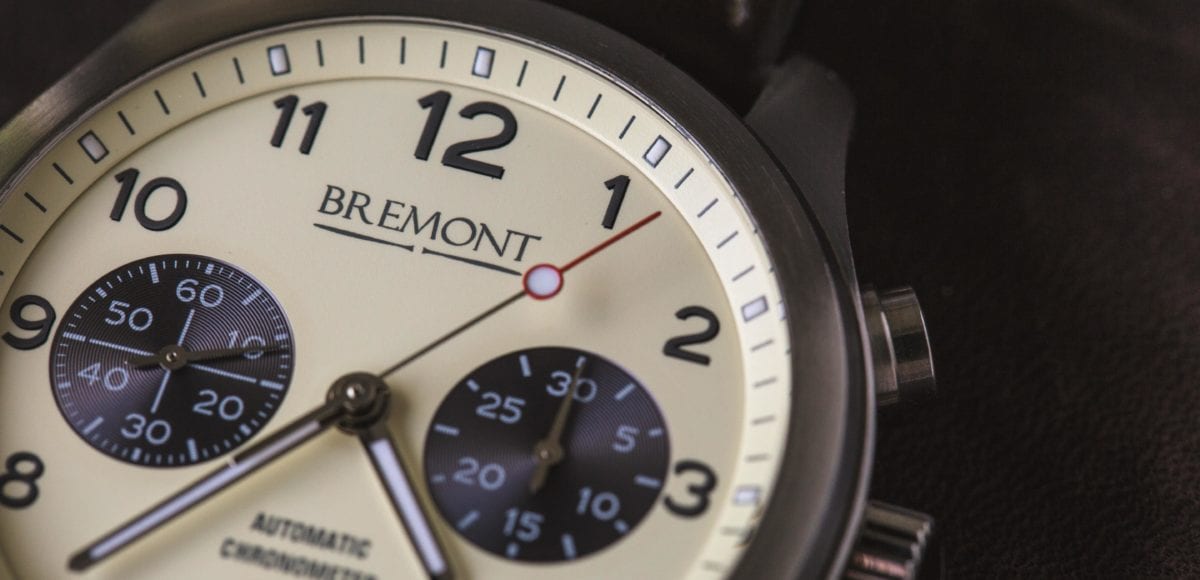When you think of great watchmakers today, you likely think of the Swiss. However, the British are among some of the most important watchmakers in history. In the 1700s, England was considered the king of watches. By 1800, it’s estimated that the British manufactured nearly half the world’s watches. Yet, England hasn’t just been a premier producer of watches. The British have also contributed significant horological innovations to the field. Over the course of history, they’ve created some of the most highly respected and accurate watches in the world. Here, we’ll dive deeper into the rich history of watchmaking in England.
The Early Years: 1500-1700
Watch and clock making has been a part of English culture since the 1500s. However, the first 200 years were not well documented. There are some records of certain clockmakers commissioned by King Henry VIII, Queen Mary, and Queen Elizabeth. Interestingly, these horologists were not of British decent.

British philosopher, architect, and inventor Robert Hooke
However, there were certainly British horologists among the working class. For instance, an English scientist, philosopher, and architect named Robert Hooke began a study on pendulums in the mid-1600s. In 1657, he laid claim to inventing the balance spring. A century later, another Brit would go on to use his findings in the development of the marine chronometer.
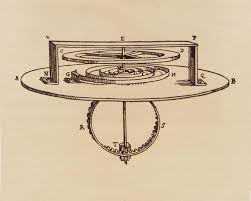
A rendering of a balance spring
Another significant British watchmaker of the seventeenth century was Daniel Quare. He invented a repeating watch movement in 1680 and a portable barometer in 1695. This era also marked a period of religious unrest throughout Europe. For example, a number of Huguenot families flocked to England from France to escape religious persecution. Groups like this were eager to bring their skillsets and contribute to their new communities. One such craftsman was Peter Debaufre, who patented the application of jewels in watches and clocks in 1704.
British Watchmaking in its Prime: 1700-1900
England’s contribution to the field of watchmaking continued to grow exponentially throughout the 1700s. As more and more British explorers set out traveling the globe, there became a growing need for reliable navigation tools. One of the most significant horological accomplishments of this era came in 1759. For decades, people around the world had struggled to find an accurate way to determine longitude at sea. The need became so dire that the British government declared they’d award a sizable prize to anyone who could solve the longitude problem. In 1759, Yorkshire-born clockmaker and carpenter John Harrison did just that with the invention of the marine chronometer. It had taken Harrison over a decade of development and testing before it was voyage-ready. It proved to be a success on two transatlantic trips to the West Indies in 1761 and 1764. Ultimately, it changed the landscape of sea travel.
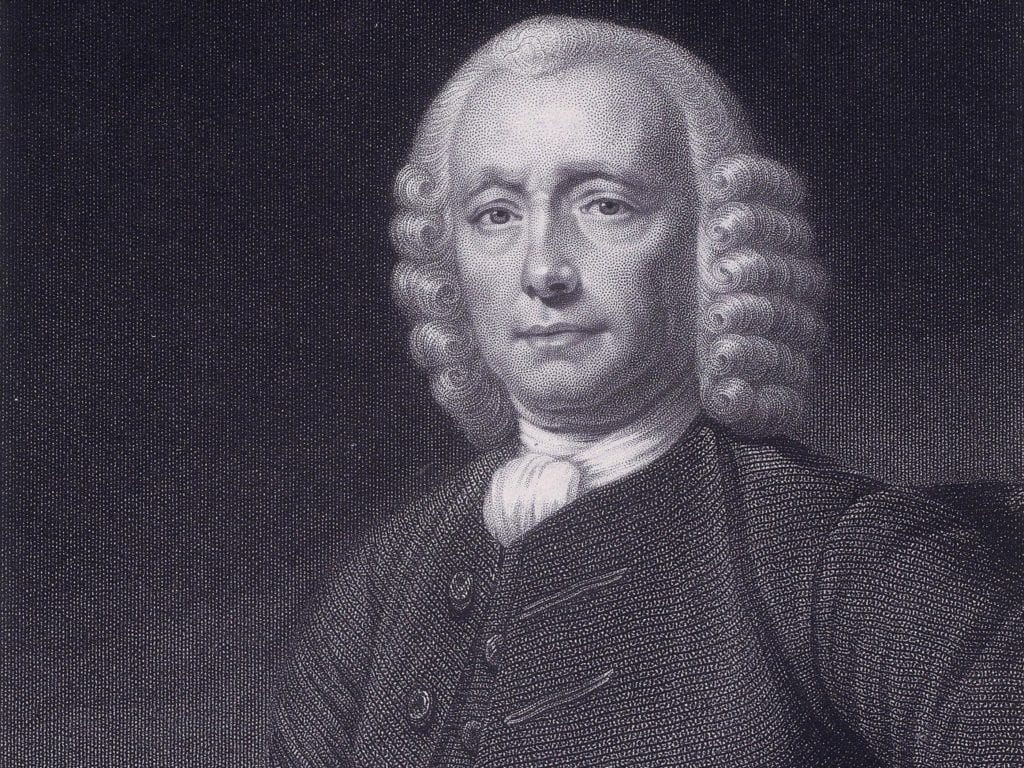
British Horologist John Harrison
By the mid-1700s, London had become the epicenter of watchmaking. However, a shift was starting to take place in the industry. The pocket watch began to transition from a highly functional object to a more decorative one. As a result, the emphasis on technical achievements declined and attention to aesthetic techniques grew. Despite these changes, England continued to be revered for its strides in the field of watchmaking throughout this era, and many watchmakers continued to innovate. Thomas Tompion and George Graham worked on perfecting escapements to fit slimmer cases.
In addition, Thomas Mudge invented the lever escapement, which is still a crucial component in watchmaking today. This momentum persisted through the next century. In the 1800s, England reached their peak in watch exports at around 200,000 watches per year. Innovations continued to emerge slowly and steadily. Thomas Young invented the chronograph in 1807 and Thomas Prest invented keyless winding in 1820. Later, John Harwood invented automatic winding. Still, the British had one fatal flaw that led to their downfall in the twentieth century.
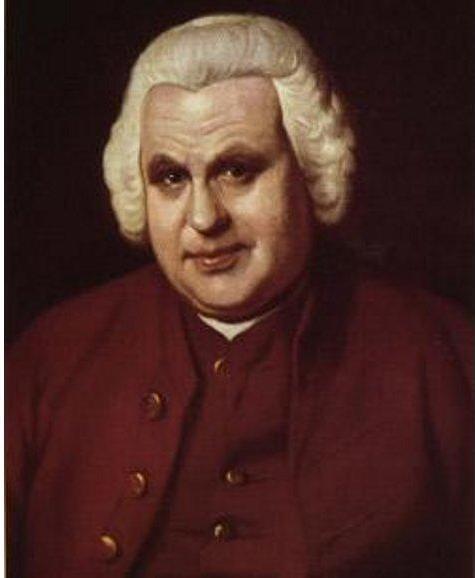
British Horologist Thomas Mudge
Decline of Watchmaking in England: 1900-2000
While other countries around the globe focused on developing new and more cost effective manufacturing methods, the British remained stagnant. They stuck with tradition, which relied on many different artisans crafting components and assembling watches by hand. Soon, the American and Swiss markets started to surpass the British in production. Yet, with mass production inevitably came lower quality. So, for a while, England remained the top manufacturer of high quality watches. However, this wouldn’t be enough to keep them on top in the long run. Eventually, mass production methods improved and, in turn, the quality. The British no longer had an advantage, and they refused to adapt with the times.
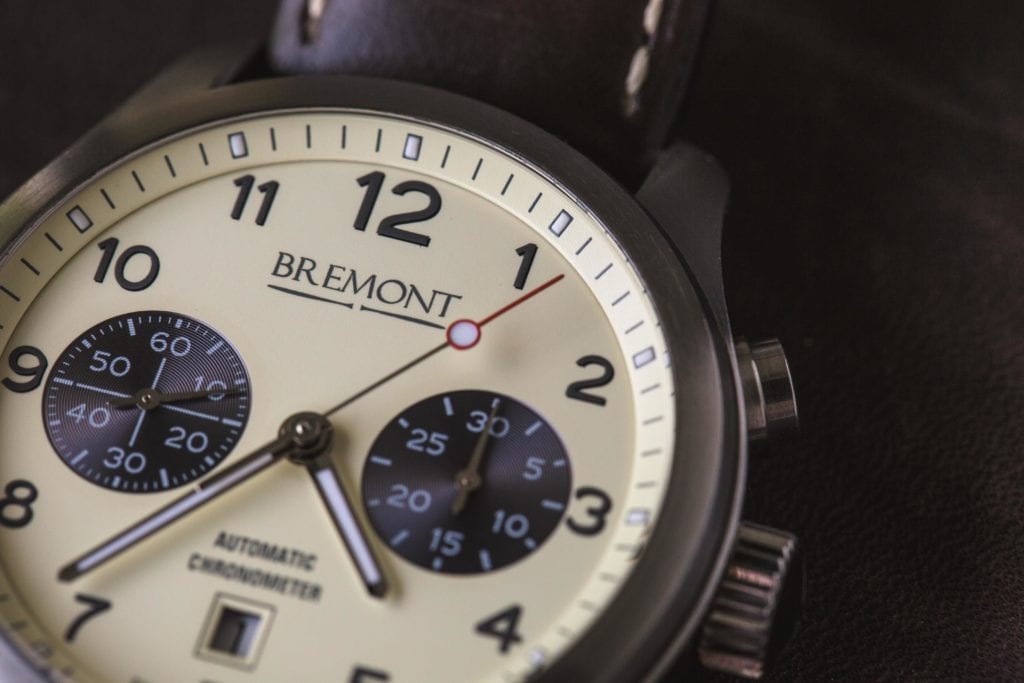
The two World Wars, particularly WWII, helped level the playing field to some extent. During these times, most countries, including England, shifted their focus to the production of watches for military forces instead of the civilian market. The Swiss were an exception, and this ultimately helped lead them to dominating the industry as they do today. Still, the small resurgence in British watchmaking following WWII wasn’t enough. Soon after, the industry faced the Quartz Crisis of the 1970s and 80s, and everyone took a hit. Yet, some British visionaries persisted through these challenging times. The foremost example is the legendary George Daniels. Many revere him as one of the greatest watchmakers of the twentieth century. In 1980, he patented one of his most notable creations: the co-axial movement.
British Watchmaking Today
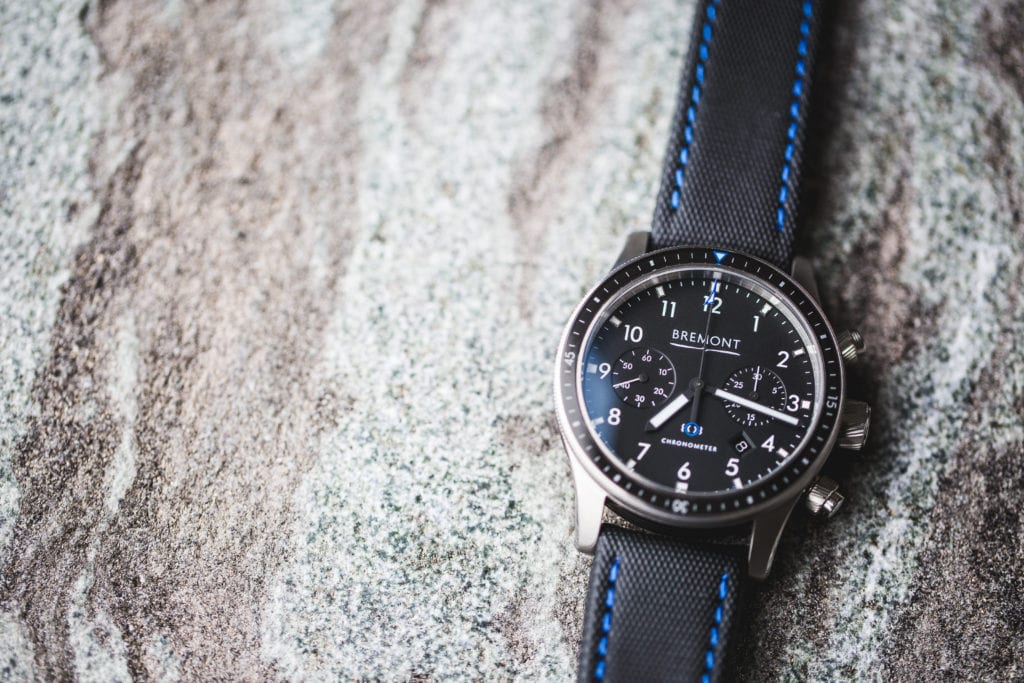
Today, England has broken from tradition, modernized, and rebuilt much of its reputation in the industry. However, they’ve still yet to return to their prime. As is the case in many countries, it’s challenging to find watches made entirely in Britain, including the movement. Independent watchmaker Roger Smith is one of few examples. Upon Daniels’ death in 2011, Smith inherited the great watchmaker’s workshop and equipment and continues to perpetuate his legacy. In addition, there are several standout British brands who’ve risen to the forefront of horology in the twenty-first century. Bremont, who established in 2002, is a prime example. Still, the British have a long way to go to return to their glory days and become a major player in the industry once again.
Get More Articles Like This in Your Inbox
We're constantly creating great content like this. So, why not get it delivered directly to your inbox? By subscribing you agree to our Privacy Policy but you can unsubscribe at any time.





